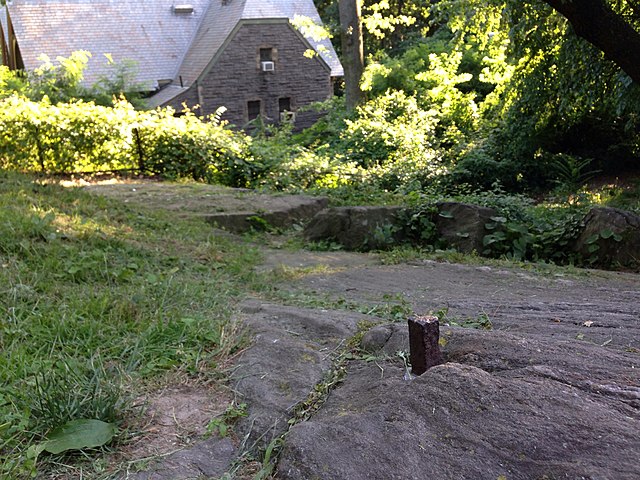Seneca Village was a 19th-century settlement of mostly African American landowners in the borough of Manhattan in New York City, within what would become present-day Central Park. The settlement was located near the current Upper West Side neighbourhood, approximately bounded by Central Park West and the axes of 82nd Street, 89th Street, and Seventh Avenue, had they been constructed through the park.
Seneca's Morals, 1817, American edition, first book published by Harper. Letter 47 may have influenced the naming of Seneca Village.
All Angels' Church in 1887, after the church building was physically relocated.
Blockhouse No. 1, a structure that predated Central Park
Maritcha Remond Lyons came from a family owning property in Seneca Village.
Central Park is an urban park between the Upper West Side and Upper East Side neighborhoods of Manhattan in New York City that was the first landscaped park in the United States. It is the sixth-largest park in the city, containing 843 acres (341 ha), and the most visited urban park in the United States, with an estimated 42 million visitors annually as of 2016.
Aerial view of southern Central Park (September 2014)
Panoramic view of Central Park from Rockefeller Center
Central Park in 2004
Randel's surveying bolt








